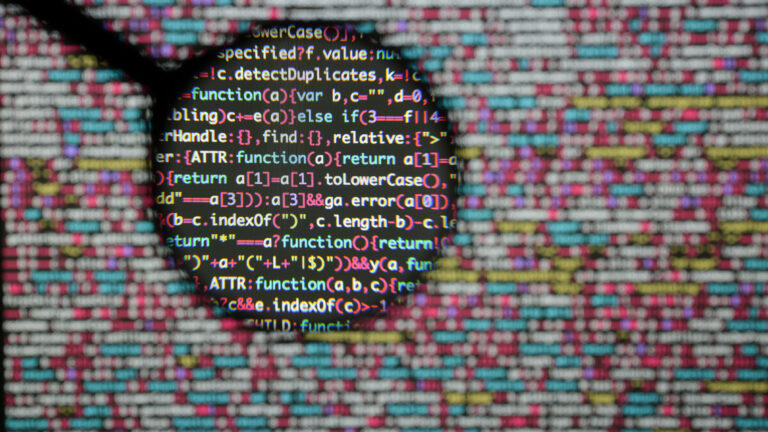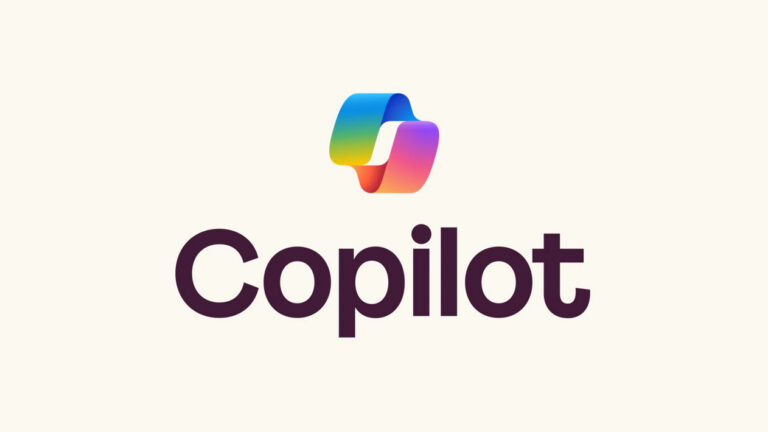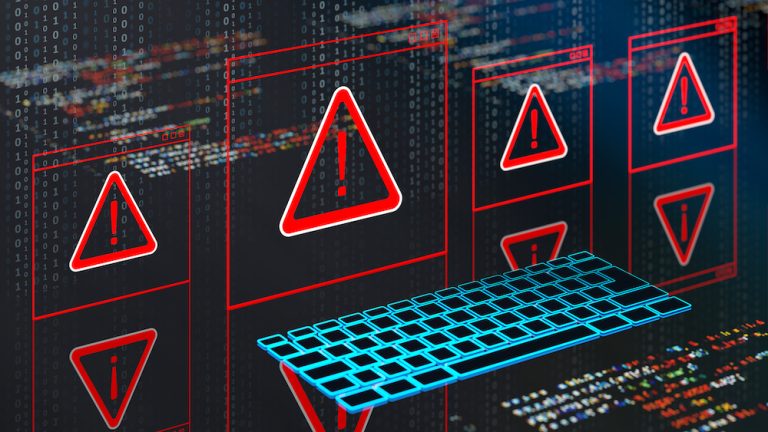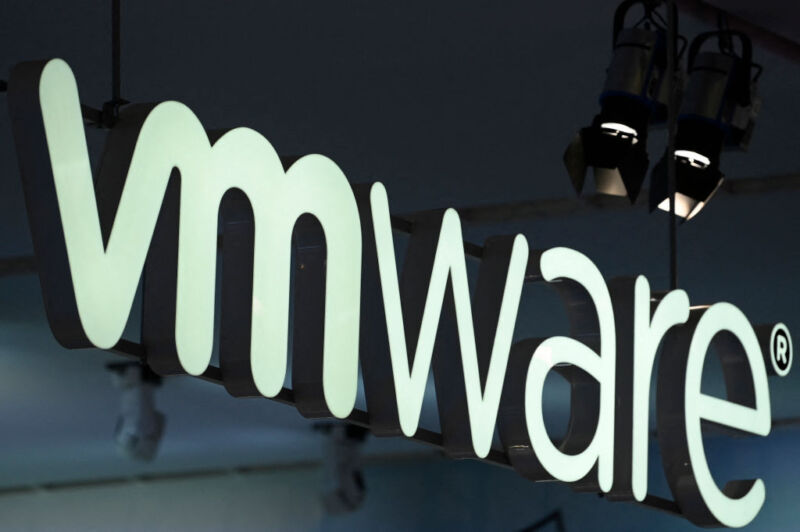Dozens of neo-Nazis are fleeing Telegram and moving to a relatively unknown secret chat app that has received funding from Twitter founder Jack Dorsey.
In a report from the Institute for Strategic Dialogue published on Friday morning, researchers found that in the wake of the arrest of Telegram founder Pavel Durov and charges against leaders of the so-called Terrorgram Collective, dozens of extremist groups have moved to the app SimpleX Chat in recent weeks over fears that Telegram’s privacy policies expose them to being arrested. The Terrorgram Collective is a neo-Nazi propaganda network that calls for acolytes to target government officials, attack power stations, and murder people of color.
While ISD stopped short of naming SimpleX in its report, the researchers point out that the app promotes itself as “having a different burner email or phone for each contact, and no hassle to manage them.” This is exactly how SimpleX refers to itself on its website.









